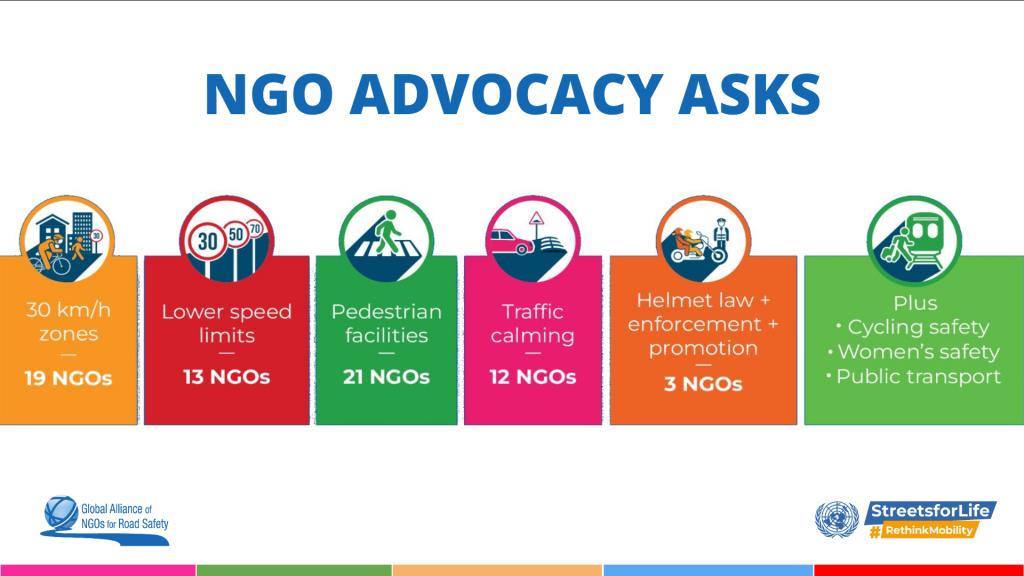Study Reveals 41% Cyclist Non-Compliance at Crossings Amid Emergency Responder's Urban Safety Warning

A fire engine driver's recent observation highlights a significant concern regarding vulnerable road user behavior in urban environments, noting a pervasive "lack of situational awareness" among pedestrians, bicyclists, and scooter-riders. This anecdotal account aligns with recent studies indicating substantial non-compliance with traffic rules among certain groups of vulnerable road users (VRUs).
Stephen Martin-Pinto, an urban fire engine driver, expressed frustration on social media, stating, > "It's incredible the amount of lack of situational awareness of not just bodega cats, but pedestrians. As an fire engine driver in the city, I see so many pedestrians, bicyclists, and scooter-ists dart into traffic, not paying attention. That's not a traffic engineering..." His comment suggests that human behavior, rather than infrastructure design, is a primary contributor to dangerous traffic situations.
Statistics reveal a troubling trend in urban areas, where pedestrian and bicyclist fatalities constitute approximately 20% of all traffic fatalities, with numbers on the rise. Annually, around 7,000 pedestrians and 1,000 bicyclists die, and tens of thousands more are injured in roadway crashes. While collisions with motor vehicles are often more severe, some research indicates that falls are a more frequent cause of injury for pedestrians and cyclists.
Behavioral studies further support concerns about VRU conduct. A 2023 Cycling Monitor in Germany found that 60% of respondents, including 53% of cyclists themselves, believe that many cyclists contribute to road traffic insecurity due to their behavior. Alarmingly, 34% of cyclists admitted to only following traffic rules they deemed appropriate. Another study focusing on cyclist-pedestrian interactions at unsignalized zebra crossings observed that 41% of cyclists failed to yield to pedestrians.
While the fire engine driver's tweet downplays the role of traffic engineering, experts emphasize an integrated approach to safety. Engineering countermeasures, such as improved intersection designs, dedicated bike lanes, and traffic calming measures, are crucial for creating safer environments. Additionally, technological advancements like Vehicle-to-Everything (V2X) systems aim to enhance situational awareness for all road users by facilitating communication between vehicles, infrastructure, and even pedestrians.
Addressing urban traffic safety requires a multi-faceted strategy involving education, enforcement, and engineering. Promoting greater situational awareness among all road users, coupled with continuous improvements in infrastructure and the adoption of smart technologies, is essential to mitigate risks and prevent future incidents.